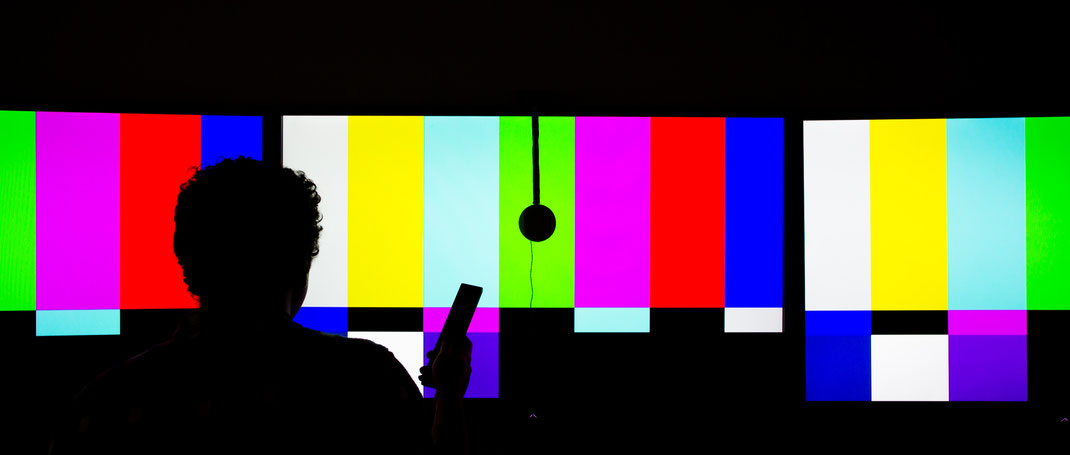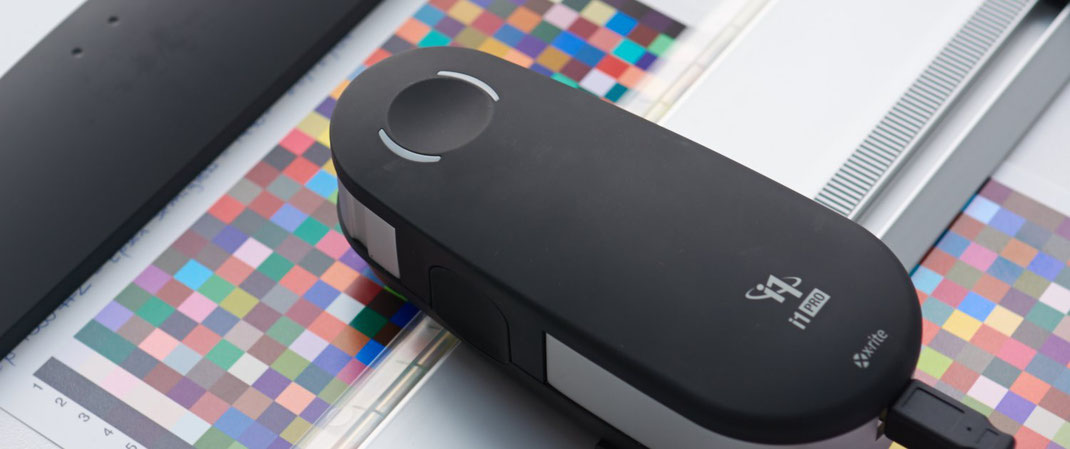How Do I Find a TV Calibration Expert?
TVs are seemingly ever increasing in quality (and in price). It seems that every year there is a new kind of feature that is the next must have. It started with HD, then it was 3D, now it’s 4K HDR (high dynamic range) or Dolby Vision and next year we will undoubtedly have some other new feature that we cannot possibly live without.
However, in the chaotic and rapidly changing world of TV design, there remains a constant truth. This shining beacon of stability is something that no high-end TV should be without. Regardless of how new or advanced your TV’s tech is, your picture quality will improve as a result of this essential ingredient.
To get the most out of a high-end TV, it needs to be calibrated (professionally). Let’s take a look at some of the basics of calibration, why hiring a certified calibrator is a smart move and what TV calibration actually involves.
What Is TV Calibration?
Let’s start with the most obvious question, what is TV calibration anyway?
(This could be a long and detailed section, but in the interests of brevity we will just give a quick overview here.)
How good the picture on your TV looks largely depends on the environment it is being viewed in. The most important factor that affects the way the image is displayed is the ambient lighting conditions. Different brightness’s and colours of ambient light will make the picture on your TV look different.
The optimal settings for a TV that is properly calibrated are the ones that display images as the director intended. This is the “end goal” of calibration. It can result in much more detail suddenly becoming visible (especially in darker shadows), and the viewing experience is much more balanced without overpowering colours.
Most TVs are calibrated to look their best when on display at electronics stores. The manufacturers know these stores have powerful overhead lighting that emits lots of bright white light. As such, they calibrate their default settings to look their best in these conditions.
Obviously, these in-store lighting conditions are nothing like the lighting conditions in your home. This mismatch results in (literally) millions of people across the UK not getting the most out of their TV.
Calibration is the process of measuring and adjusting the many settings (you have probably already seen) in your television’s menu. This process is done in your own home (a "TV calibration service") and can take anywhere between two and four hours.

Do I Need a Professional?
Anyone can attempt to calibrate their TV; all you need to do is pick up your remote. But quite honestly, would you even know where to begin?
There are several “guides” and even a couple of “instructional” DVDs available that allow people to have a go themselves. But they are gimmicks at best. It’s very easy to make your picture much worse than it currently is when you try to calibrate your TV yourself.
Without the ability to make accurate measurements (using equipment that costs thousands of pounds) guides you find online are next to useless. The instructional DVDs are slightly better, but again without the ability to make measurements, you are essentially flying blind.
It’s like trying to get a custom-tailored suit made without a tape measure unless you know precisely what you are working with – you are going to mess it up.
Of course, this not the end of the world and you can just reset the TV to factory default settings. But unless you get lucky, it’s almost always going to be a waste of your time.
Feel free to try if you don’t believe us!
How Do I Find a Calibrator?
The obvious solution to this issue is hiring a professional. However, while this may seem simple in principle it can be a little tricky. Like any industry that the general public is unfamiliar with, there are a whole host of cowboys out there posing as professionals trying to take your money.
Countless people are paying “professional calibrators” to turn up to their house with an iPhone app in one hand, and one of the DVD’s we mentioned in the other. They obviously perform substandard work that would be no better than you could do yourself. It’s important you find a reputable professional calibrator.
But how do you differentiate?
The easiest way is to look for professional calibration qualifications. The two main respected qualifications are ISF certification and THX certification. Both of these organisations are at the cutting edge of A/V technology and work closely with TV manufacturers. This enables calibrators who go through their qualification process to accurately and efficiently improve picture quality. If you can verify a professional calibrator has either ISF or THX certification, then they are the real deal.
While most professional calibrators will have either a THX of ISF certification, there are also a not insignificant number of skilled calibrators that are not certified. Determining if these calibrators are true professionals can be a little more difficult. Ideally, they will have demonstrable experience in working in the A/V industry. This could be anything from working for broadcasters, cinema chains, or in the film industry.
A good little test you can do while enquiring with any uncertified professional is to ask what equipment they are going to use before committing to the calibration. If you don’t hear the word “spectrophotometer”, then look elsewhere. If you do hear the word “spectrophotometer”, double check it’s an actual spectroradiometer (which costs thousands of pounds) and not a cheap substitute.

Conclusion
If you have a high-end display, professional TV calibration is worth every penny and you should seriously consider it.
If you are looking to upgrade your current TV to a better model, we highly recommend you opt for a slightly cheaper TV and price in professional calibration. It usually results in a much better picture than spending the money that can be earmarked for calibration on a more expensive TV.
If you follow the steps we outlined above you should be able to avoid the many “fake” professionals in the industry. When you are aware of their existence, they are pretty easy to spot.
Once your calibration has been completed all that’s left for you to do is sit back, relax, and enjoy your TV as you have never seen it before.